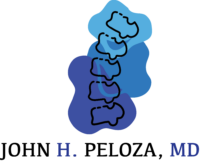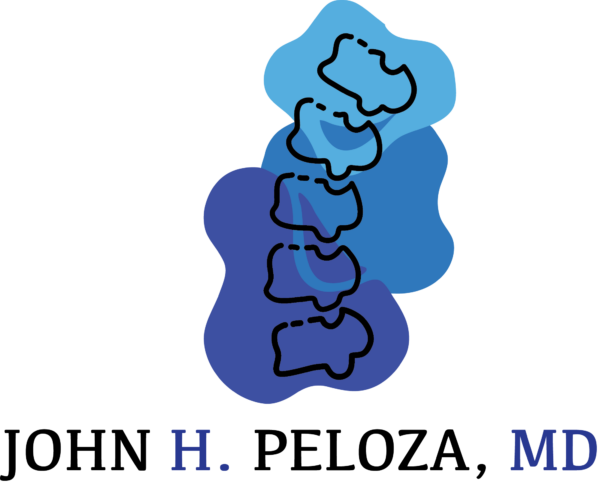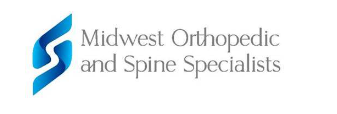
Early Onset Scoliosis
The spinal column is arranged in a typical fashion in order to help maintain an upright posture. In scoliosis, there is sideward bending of the spine that can impact on individual's normal mobility. Early onset scoliosis is defined as sideward curvature of the spine that is diagnosed in children under the age of ten years.
There are different kinds of early onset scoliosis. In this article, we shall briefly review them.
Infantile Idiopathic Scoliosis
This type of scoliosis is diagnosed in children under three years of age. The exact cause of the scoliosis is unknown but it is well recognized to cause disability. Typically, the spine is curved to the left and the scoliosis is accompanied by other conditions such as heart disease and mental retardation.
Juvenile Idiopathic Scoliosis
This form of scoliosis is diagnosed in children between the ages of four years and ten years. It is more common in boys and, similar to infantile idiopathic scoliosis, the curvature of the spine is toward the left. However, in older children, the curvature of the spine tends to be toward the right.
Congenital Scoliosis
In this type of scoliosis, the sideward curvature of the spine occurs at birth. Typically, it arises due to deformities during fetal development. Some vertebrae are incompletely formed while some tend not to form the designated vertebrae within the vertebral column. Children require close assessment of this form of scoliosis so that the appropriate treatment options can be pursued.
Treatment is often offered before the child reaches the age of five, as this is the time when the spine tends to grow quite rapidly.
Neuromuscular Scoliosis
This type of scoliosis is actually not due to deformities within the spinal bones but is in fact due to some form of neuromuscular disorder. Some other clinical conditions that are associated with neuromuscular scoliosis include cerebral palsy, myopathy, myotonic dystrophy and spinal muscular atrophy. Spina bifida is yet another cause. Scoliosis can affect any part of the spine and can result in a great deal of neurological and functional deficit. Treatment has to be directed toward treating the underlying cause and managing scoliosis through surgery if required.
Syndromic Scoliosis
While this is not typically a type of scoliosis, it describes scoliosis that accompanies different clinical syndromes. For example, conditions such as neurofibromatosis, Marfan's syndrome and Ehler's Danlos syndrome can sometimes be accompanied by scoliosis. Of course, all these clinical conditions are accompanied by other clinical symptoms and require treatment as well. Hence, managing scoliosis is not the only solution here and patients often require a more holistic and multidisciplinary approach.
Thoracic Insufficiency Syndrome
Here, there is a deformity in the chest wall that is often associated with scoliosis. In thoracic insufficiency syndrome, the size of the chest wall is a remarkably small, inhibiting the growth of the lungs and causing difficulty with breathing and lung growth during the development stages of life. Due to the small size of the chest wall, patients find that they have difficulty taking deep breaths in and out and as a result have severe respiratory distress. The scoliosis only worsens this. Surgical treatment is the best option for this condition.



